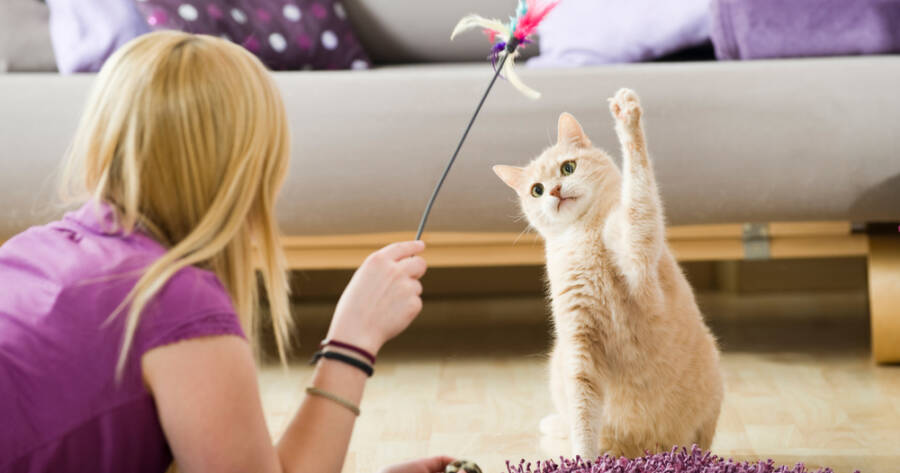More pet owners are choosing to keep their cats indoors—and for good reason. Indoor cats are protected from traffic, predators, harsh weather, and disease, leading to longer, healthier lives. But while it’s safer inside, indoor cats can sometimes miss out on the physical exercise and mental stimulation they’d naturally get outdoors. Without enough activity, they may become bored, anxious, or even develop behavioral issues.
Fortunately, keeping your indoor cat active and engaged doesn’t require a big space or a total home makeover. With a few thoughtful changes and interactive routines, you can give your feline friend a stimulating environment that keeps them both happy and healthy.
Create Vertical Space for Climbing and Exploring
Cats are natural climbers and observers. In the wild, they perch on tree branches or high rocks to stay safe and watch their territory. You can recreate this vertical playground at home.
-
Cat trees and towers: These multi-level structures provide both climbing and resting spots. Choose one with scratching posts, platforms, and cozy nooks.
-
Wall shelves or catwalks: Mounted shelves offer elevated routes and lookout spots, which can be especially helpful in small apartments.
-
Window perches: Give your cat a sunny spot to lounge while watching birds, squirrels, or passing cars. Adding a bird feeder outside the window can turn it into feline TV.
Climbing not only keeps cats physically active but also satisfies their natural instincts to survey their surroundings.
Use Interactive Toys and Games
Playtime isn’t just fun—it’s an essential outlet for your cat’s hunting instincts. Incorporating daily interactive play can prevent boredom and build a stronger bond between you and your pet.
-
Wand toys and feather teasers: Mimic the motion of birds or mice to trigger your cat’s chasing behavior. Let them “catch” the toy occasionally to keep it rewarding.
-
Laser pointers: These get cats running, leaping, and darting—but be sure to end the session with a tangible toy or treat so they feel satisfied.
-
Rolling balls and motorized toys: These are great for solo play when you’re not home. Look for ones that change direction or make noises to keep interest high.
Aim for two or more short play sessions per day, especially before meals or bedtime, to help mimic the natural hunt-eat-sleep cycle.
Incorporate Food Puzzles and Enrichment Feeders
Feeding time can be more than just calories—it can be a mental workout too. Enrichment feeding encourages cats to “work” for their food, tapping into their natural problem-solving skills.
-
Puzzle feeders: These require your cat to figure out how to release kibble or treats by pawing, nudging, or rolling the toy.
-
Treat balls: Fill them with dry food and let your cat bat them around to dispense small amounts at a time.
-
Hide-and-seek feeding: Hide small piles of kibble around your home so your cat has to “hunt” for them. This encourages movement and mental stimulation.
This approach helps slow down fast eaters, reduces overeating, and keeps mealtime interesting.
Rotate Toys and Rearrange the Environment
Cats can lose interest in toys if they’re always available. By rotating playthings and rearranging spaces, you keep things fresh and engaging.
-
Swap out toys weekly: Keep a few toys out at a time and store the rest. Reintroducing a “forgotten” toy makes it feel brand new.
-
Move scratchers and cat furniture: Changing the location of towers, scratch pads, or beds adds novelty to the environment.
-
Create seasonal changes: Use cardboard boxes, tunnels, or blankets to make temporary forts or hiding spots, especially during colder months.
Small changes can go a long way in maintaining your cat’s interest and preventing environmental boredom.
A Happier, Healthier Indoor Life
Indoor cats can live full, enriching lives—it just takes a bit of creativity and daily interaction. By providing outlets for climbing, hunting, playing, and exploring, you give your cat the stimulation they need to thrive. A little effort each day can lead to a healthier, more active cat—and a home filled with curiosity, contentment, and the joyful sound of paws in motion.

